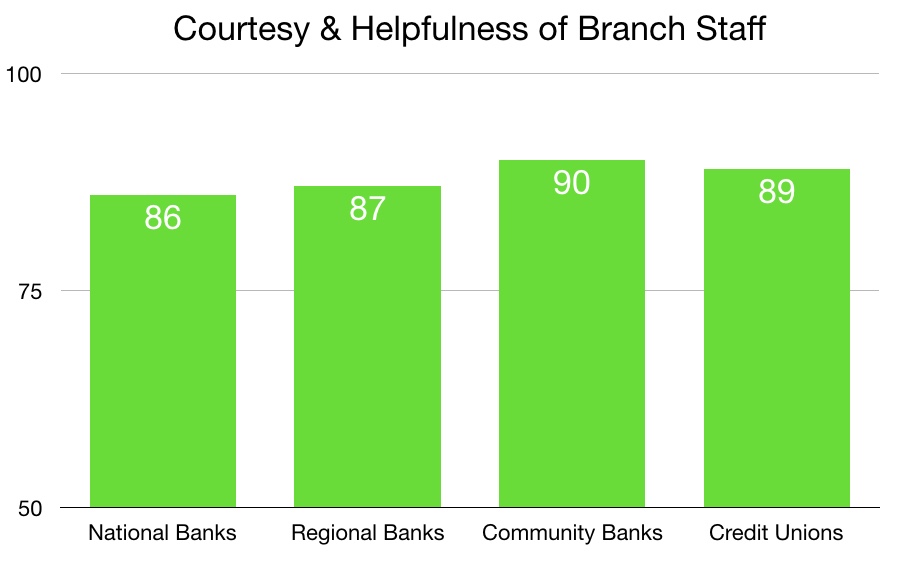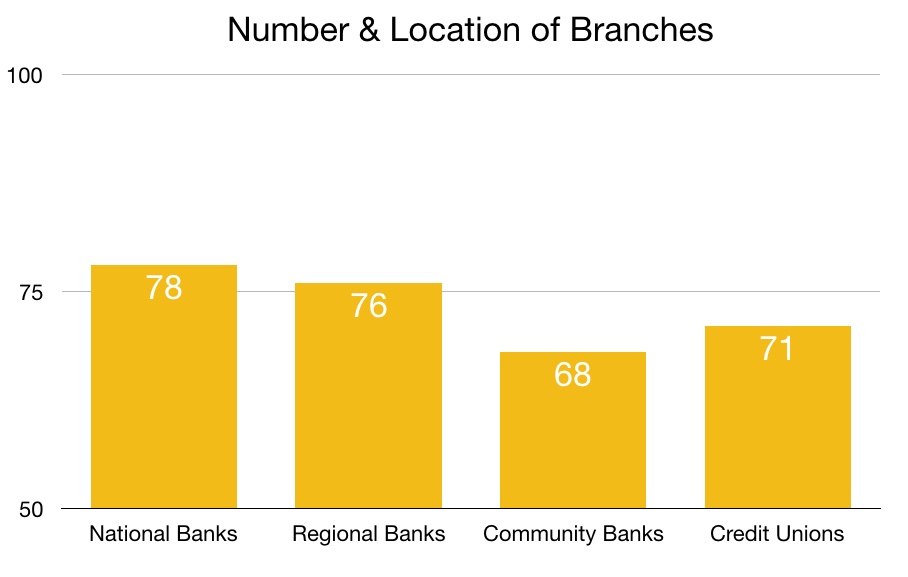Advertising disclosure: We are a participant in the Amazon Services LLC Associates Program, an affiliate advertising program designed to provide a means for us to earn fees by linking to Amazon.com and affiliated sites.
Employees waste a lot of time at work.
A 2014 Salary.com survey discovered that 57 percent of employees admitted to wasting at least one hour per day. These employees spend paid work time goofing off online, using social media, or shooting the breeze with colleagues.
There's another hidden time waster. Many employees waste time through inefficiency. The result is we spend the day frantically working without accomplishing very much to show for it.
Here are nine common ways employees waste time without knowing it.
Common Productivity Killers
This is by no means a complete list, so please share other time wasters you've seen. You can leave a comment on this post or drop me a line.
Meeting Invites
You exchange emails with a colleague and agree to set a meeting for a specific date and time. "Ok," comes the reply. "I'll send you a meeting invite."
This approach doubles the amount of communication required to organize the meeting. There's the email exchange to schedule the meeting and then the meeting invite that comes after it.
A meeting invite is great if you are coordinating multiple schedules or are actually using it to invite someone to a meeting. Skip it if you already agreed to meet with just one person.
Meetings
We get a lot of meeting invites because we get asked to a lot of meetings.
A 2015 report from Workfront revealed that meetings are a huge time waster reported by employees in large companies, with 57 percent saying unproductive meetings were the biggest drain on their time.
Meetings should have a clear purpose, a set agenda, and a carefully curated invite list. Otherwise, skip it.
Formal Training
A lot of formal training classes are wasted.
Participants arrive without a clear idea of what the training is about, how it will impact their job performance, or what they need to do to implement what they learn.
Even worse, existing work procedures, old habits, and even the boss can counter what was learned in training, making it difficult to develop new habits.
You can dramatically improve training by using the 70-20-10 rule to create more consistent learning experiences. This works by aligning what's taught in training with feedback from the manager and the employee's actual work.
Useless Email
I once cobbled together a few email studies, ran the numbers, and discovered that the average U.S. worker wasted 24 percent of their day on useless email.
The problem comes from misuse.
Many emails are incomplete and poorly written. People are in a hurry so they skim and scan messages, missing important information. That generates a ton of back and forth.
The email provider Front analyzed email boxes and learned the average email conversation takes 4.5 messages.
The counterintuitive solution is to slow down and give email more attention. It may take slightly longer to read and respond to each message, but you'll receive far fewer emails overall.
Checking Email Constantly
People tend to check their email constantly throughout the day.
This feels productive because you are really, really busy. It isn't. What's really happening is you are constantly starting and stopping tasks and not giving email your full attention. That leads to the useless email problem discussed above.
Timothy Ferriss has some pretty extreme takes on email management in his bestselling book, The 4-Hour Workweek. I've adapted some of them to check email just a few times a day and it's made an amazing impact on my productivity.
Multitasking
Constantly checking email is just one way we try to multitask throughout the day.
Customer service professionals in particular are guilty of running multiple software programs simultaneously for both personal and business. Many of us keep our cell phone perched on our desk, which constantly invites personal distractions.
Multitasking inevitably leads to more errors and less productivity even though it makes us feel busy. You can experience this yourself by taking a Stroop Test.
You can reduce multitasking by reducing distractions, such as pop-up messaging notifications. You will also make some progress through a conscious effort to focus on one task at a time, though many people find this initially difficult as multitasking can be addictive.
Software
There's a software solution for just about everything.
The problem is many of these software programs don't talk to each other. It's not uncommon for a contact center employee to have to use five to seven different programs just to do their jobs.
All that switching back and forth between software programs creates a lot of multitasking. It also causes a lot of repetitive work, where employees have to enter the same information in multiple places to keep all the records up to date.
The best fix here has nothing to do with the employee. Smart companies are making their employees' jobs simpler by providing a unified desktop that puts multiple software programs in one interface.
Messaging
Email isn't the only form of communication that sucks up a lot of time.
Many workplaces have an instant messaging or internal chat app that allows employees to interrupt each other from across the room or even across the country. If we're honest, most of the times we "ping" a coworker we're really asking for something that's not urgent.
My controversial suggestion is to shut it down. Most workplaces don't have a real business case for instant messaging that overrides the negative impact of constant distractions. And if you really need someone's attention, there's other ways to do it.
Inboxes
I can still remember reading David Allen's time management book, Getting Things Done, way back in 2001. It truly was a game-changer for me.
One piece of advice that really stuck was limiting the number of inboxes we have. An inbox is any place you have to look for new information, messages, or assignments.
Examples include our email inbox, Facebook, LinkedIn, Twitter, Instagram, Snapchat, text, voicemail, physical mailbox, and a physical inbox. Most of us have more than ten. (Try doing your own count, it may be scary!)
You can automatically save time by eliminating or combining your inboxes. For instance, you can use the same software program to manage multiple email addresses so all of your emails go to one place.
Take Action
We're addicted to these time wasters for a variety of reasons.
Take meetings for example. Have you ever tried to pushback on an unnecessary meeting that had no clear purpose and no agenda? People act like you are being some kind of jerk.
I suggest two things.
First, if you're the boss, you need to set an example. It's pretty hard to take your employees to task for wasting time if you are constantly sending half-baked emails and scheduling useless meetings.
Second, focus on incremental progress if you want to make a change or help your employees become more productive. Pick just one small thing to try and work on it for a few weeks. Make it a habit and then reflect on how it has helped you before taking on something new.
Over time, you'll be amazed at how much more productive your team can become.
























